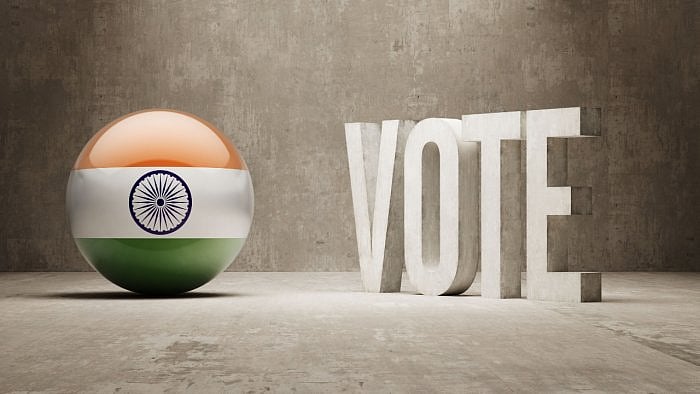
As the polling closes for Meghalaya, Tripura and Nagaland Assembly Elections, let us take a look at how the Chief Minister of a state is elected.
According to Article 164, the Governor of a state appoints the Chief Minister. However, he/she cannot appoint anyone as per their free will.
Following elections to the State Legislative Assembly or Vidhan Sabha, the Governor invites the party (or coalition) with the majority votes to form the government. The MLAs of the party which gets the majority in the state Assembly elections choose who will become the Chief Minister.
For Vidhan Sabha elections, the members of a State Legislative Assembly are elected directly by voting. A set of candidates stand for the elections from their respective constituencies, and every adult citizen votes for a candidate in their respective constituencies. In order for a party to secure a majority in a state, they have to win 50 per cent+1 seats in the elections.
When parties contest elections, they either decide their Chief Ministerial candidate in the course of the elections or after the results are declared. Once a party has decided to declare their candidate, he/she has to win in at least one of the constituencies that they are running from. In case the party secures a majority in the state elections but the candidate loses his/her respective constituency, they can still become the Chief Minister, but they have to win an election to a bypoll within 6 months.
The Chief Minister is the main link between the Governor and the Ministers and is the head of the state Legislative Assembly.
